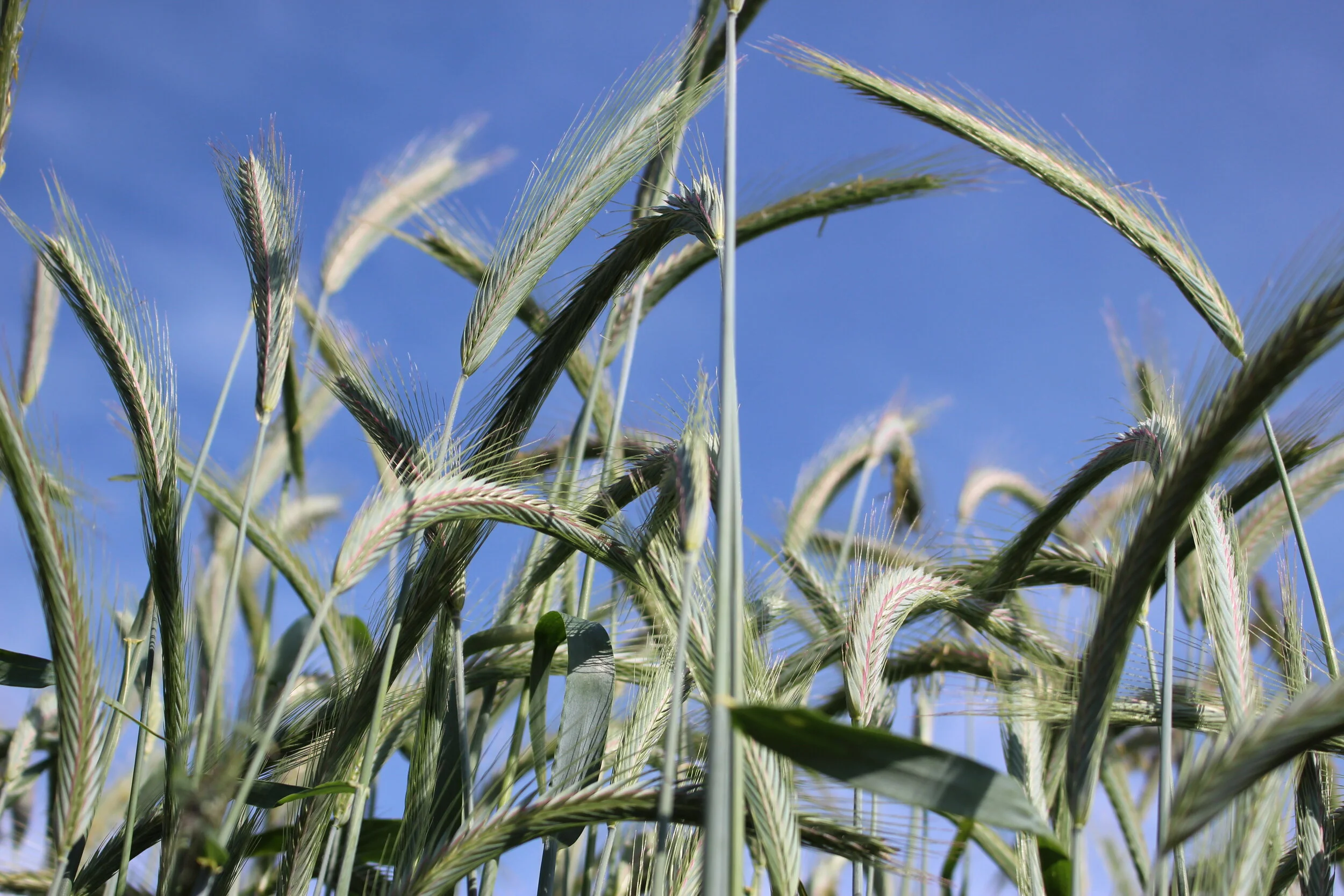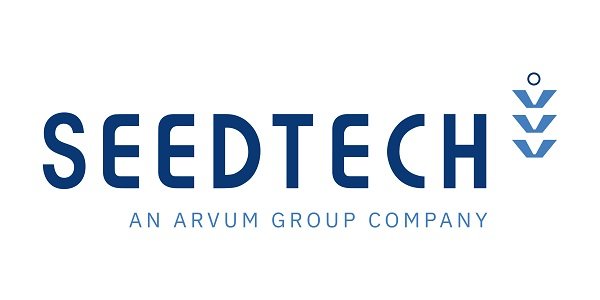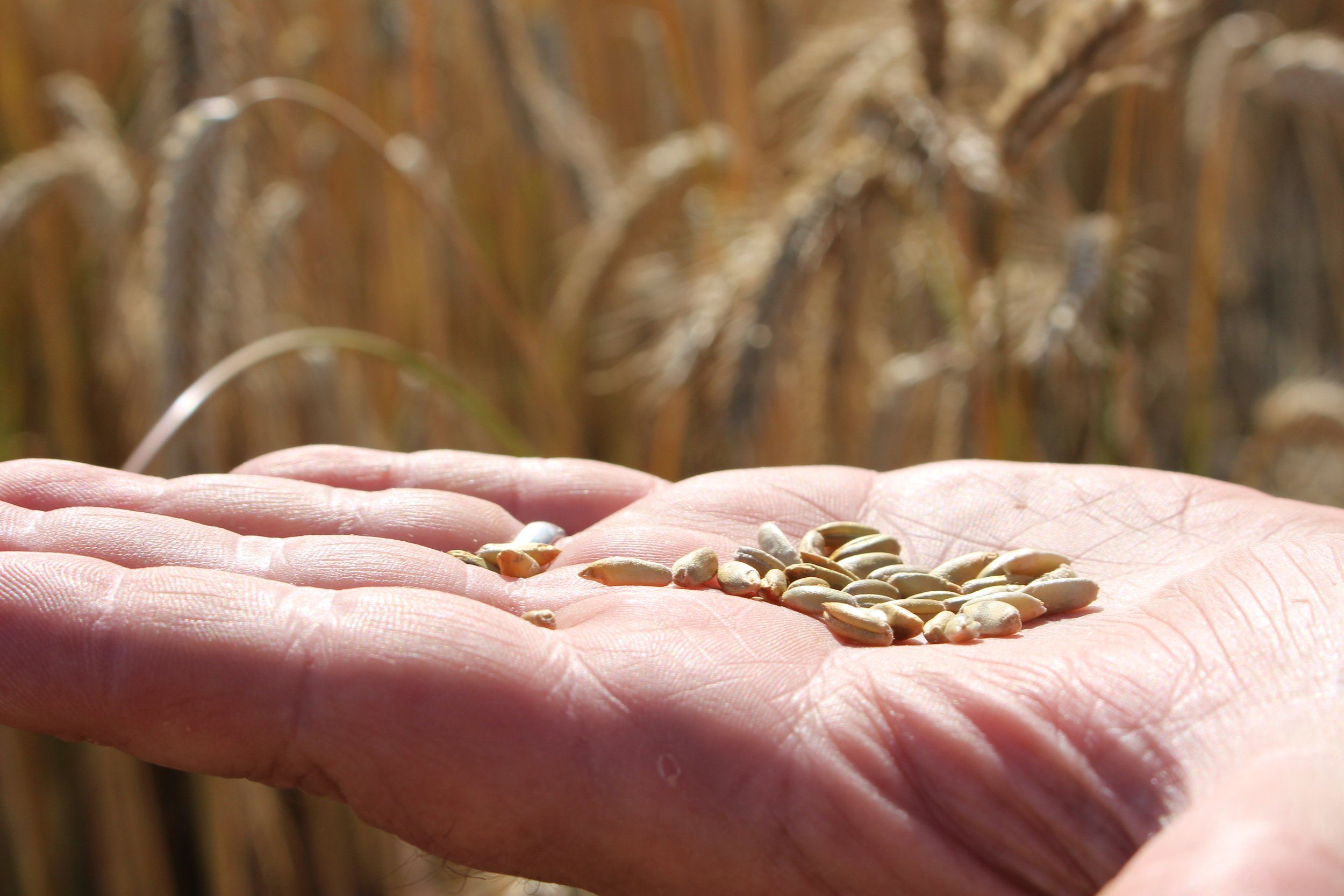
A sustainable crop grown using less inputs and generating high yields of grain and straw.
Strengths
Exceptional farm performance 2017 - 2023 (c 4.2t/ac grain yield, 18 round straw bales/ac)
Hybrid Rye consumes approximately 25% less water per tonne of grain compared to wheat
Hybrid Rye uses less nitrogen fertiliser and fewer pesticides than wheat
Agronomic Characteristics
Can be sown from mid-September - tolerates BYDV & Take-all
Less fungicides & nitrogen than winter wheat
Very secure harvest with very low risk of head losses, sprouting and Fusarium
Very suitable for whole-crop and grain markets are developing
Extremely drought tolerant. Hybrid Rye outperforms wheat and barley in dry sites and dry seasons
Suitable for pig feed – Hybrid Rye has a higher lysine amino acid content than other cereals, and it promotes satiety in pigs and results in fewer digestive upsets.
“Hybrid Rye will be a mainstream crop driven by its agronomics and animal performance in feed rations. Hybrid Rye has a bright future as a crop and is entirely suitable to animal feeds.”
Teagasc Research into the benefits of feeding Hybrid Rye to pigs
Research supported by Seedtech
Rye in growing-finishing pig diets with Dr Peadar Lawlor, Teagasc and Tim O’Donovan, Seedtech
More on Hybrid Rye
Getting the most from Hybrid Rye
Drill 200 seeds/m2 (100 kg/ha) from mid Sept to early October
Drill into take-all prone sites for maximum benefits
Apply plant growth regulator early, often and at robust rates in spring
Drill shallow (less than 5cm, watch for slugs

Subscribe to Tillage News
Sign up here to receive news and agronomy updates from Tim O’Donovan, Technical Director, Seedtech.




